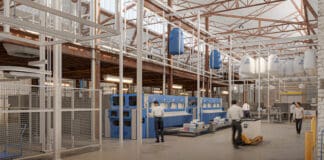Following an extensive six-year renovation by Ford Motor Company, Michigan Central Station in Detroit will offer the public its first look at the interior restoration of its historic ground floor this week. The official reopening of The Station will be celebrated with an event dubbed Michigan Central OPEN, June 6-16.
Ford began the preservation project after acquiring the abandoned train station in 2018 to be the centerpiece of Michigan Central, a 30-acre technology and cultural hub in Detroit’s Corktown neighborhood. Michigan Central will bring Ford employees together with external partners, entrepreneurs, students — and even competitors — to co-create new products, services, and technologies. Ford’s investment in the project represents a commitment to the city of Detroit and its future.
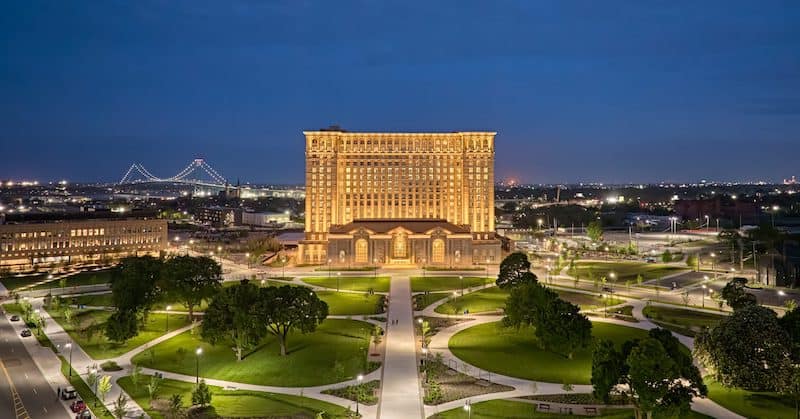
“Michigan Central means a great deal to us all. In many ways, this building tells the story of our city,” said Bill Ford, executive chair of Ford. “This Station was our Ellis Island — a place where dreamers in search of new jobs and new opportunities first set foot in Detroit. But once the last train pulled out, it became a place where hope left. In 2018, I decided it was time to change that by reimagining this station as a place of possibility again. Over the past six years, Ford Motor Company and teams of forward thinkers, designers, community leaders, and more than 3,000 skilled tradespeople have worked to bring this landmark back to life.”
Click through a gallery of The Station images below.
Historic Grandeur Meets Modern Technology
Ford and Michigan Central assembled a team to breathe new life into the Beaux-Arts building — from its classical façade to its ornate interiors, including the Grand Hall with its 54-foot Guastavino tile vaulted ceiling, to the arcade, ticket lobby, and restaurant. Since renovations began in late 2018, more than 1.7 million hours have been spent returning The Station to its original architectural grandeur, while retrofitting it with modern technology and infrastructure to support its next chapter.
“The innovation that will happen here, with startups and companies big and small, will help ensure Detroit preserves its title as the Motor City for generations to come.”
— Bill Ford, Executive Chair, Ford
“I wanted Michigan Central to be beautifully restored but also reimagined for so much more,” said Ford. “This will be a place for the community to enjoy and a destination for visitors from all over. We will have restaurants, music, art, and great retail. And the innovation that will happen here, with startups and companies big and small, will help ensure Detroit preserves its title as the Motor City for generations to come.”
“Thanks to the thousands of people who contributed to this project, one of the city’s most treasured landmarks has been brought back to life, while creating a space that will take us into the future,” said Joshua Sirefman, CEO of Michigan Central. “Michigan Central will advance mobility solutions that help solve some of society’s biggest challenges. It will also be a powerful catalyst for growth and an economic engine for this region.”
Watch the video below for a virtual tour of The Station.
Ford At Michigan Central
Ford is among the building’s first tenants, and will move employees from its Ford Model e and Ford Integrated Services teams into newly renovated office space across three floors in The Station starting later this year. Ford will also have collaboration space in The Station for other Southeast Michigan-based employees to use. Some 1,000 Ford employees will work across the Michigan Central district by the end of the year, with a goal of 2,500 by 2028.
Alongside Ford, The Station will play a critical role in attracting other companies to Detroit, and accommodating them within the 30-acre Michigan Central district. The innovation hub will provide 640,000 square feet of cultural, technology, community, and convening spaces designed to inspire creative collaboration between established companies, universities, growing startups, youth initiatives, students, and other stakeholders.
The Station joins Newlab at Michigan Central, which, in just over a year since its launch, has grown into a diverse community of more than 600 employees from nearly 100 companies and startups, over half of whom have at least one founder from an underrepresented background. With entrepreneurs and inventors focused on fields like advanced aerial mobility, energy equity, and multimodal logistics, Newlab at Michigan Central provides an unparalleled testing environment. It includes infrastructure like the first electrified public road and Bagley Mobility Hub, along with policy tools like the Transportation Innovation Zone, which allows for the safe fast-tracking of testing technology pilots.
A Storied Past
Originally designed by architects Warren & Wetmore and Reed & Stem, the same team behind New York’s famed Grand Central, Michigan Central Station first opened its doors in 1913 as one of the country’s most spectacular transportation terminals. It saw 4,000 daily passengers at its peak, but following decades of declining rail travel, was shuttered in 1988 and sat vacant for three decades, experiencing severe neglect, weathering, decay and vandalism.
“Our construction teams have accomplished what many thought was impossible,” said Ron Staley, Executive Director of Historic Preservation for Christman-Brinker, the Detroit-based joint venture that led the restoration work. “The result is amazing, like no other project any of us have worked on in our careers, and I look forward to everyone experiencing the space at this week’s opening and for generations to come.”
Construction teams looked to old and new technologies to ensure accuracy to historical standards and to preserve, re-create, and repurpose different aspects of the building from all chapters of its life. For example, to source more than 600 tons of limestone, Ford and its partners located the same quarry in Indiana that provided the original stone for The Station’s exterior more than 100 years ago. The quarry, like The Station, had been closed for three decades, and needed to be reopened for the project. A Michigan tradesman spent 428 hours hand-carving a replica of a single column capital from one of these limestone blocks for the building’s north entrance.
Michigan Central Station Renovation Facts
- 8 million bricks make up The Station, which if laid end to end would stretch about 1,000 miles.
- 1,300 square feet of terra cotta cornice was restored.
- 102,000 square feet of windows were replaced or restored.
- 4,200 new light fixtures were installed, including re-creations of three massive chandeliers in the Waiting Room and Grand Hall.
- Restoring the building’s iconic Waiting Room and Grand Hall required the equivalent of 8.7 miles of grout used on the 29,000 Guastavino ceiling tiles alone. All but 1,300 of these tiles are original to The Station.
- 3.5 million gallons of water were pumped from its basement, and 3,990 cubic yards of debris were hauled out of the building.
“Everything Ford could save, we did, and other elements were re-created through technology and tenacity,” said Melissa Dittmer, Head of Place at Michigan Central. “At the same time, it was important to us to respect The Station’s extraordinary past, including its ongoing role in Detroit’s cultural landscape. Weaving these histories through repurposed, state-of-the-art spaces will enable us to create an inclusive, forward-looking building that can propel innovation for the next 100 years.”
To honor The Station’s more recent history, international experts examined and curated graffiti on the building’s walls for preservation. Select sections of this art were saved.
The Station And The Community
The Station and its surrounding area will also become a destination for Detroit’s residents and visitors. It will feature a growing network of green spaces and an array of local programming and events, as well as arts and cultural opportunities. This week, Michigan Central unveiled the first renderings of a new public park under development on The Station’s former rail yard and a key connector along the 27.5-mile Joe Louis Greenway. Designed for sustainability and inclusivity, it will have a mix of gardens, playscapes, and community gathering and event spaces alongside tech-enabled zones.
Historic Hotels of America Names 2024 Best Of Adaptive Reuse
These hotels are living proof that historic buildings can serve contemporary needs while preserving their timeless character. Read more…
Michigan Central supports local residents and small businesses with skills-training programs that address barriers in Detroit’s talent pipeline and connect participants with opportunities for in-demand jobs. The Station also includes a dedicated youth programming floor in its tower that provides 23,000 square feet of flexible space to house local and national organizations focused on growing the next generation.
In the coming months, The Station will begin a phased activation of innovative and experiential retail and dining opportunities.





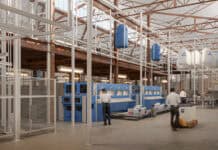


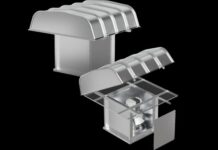





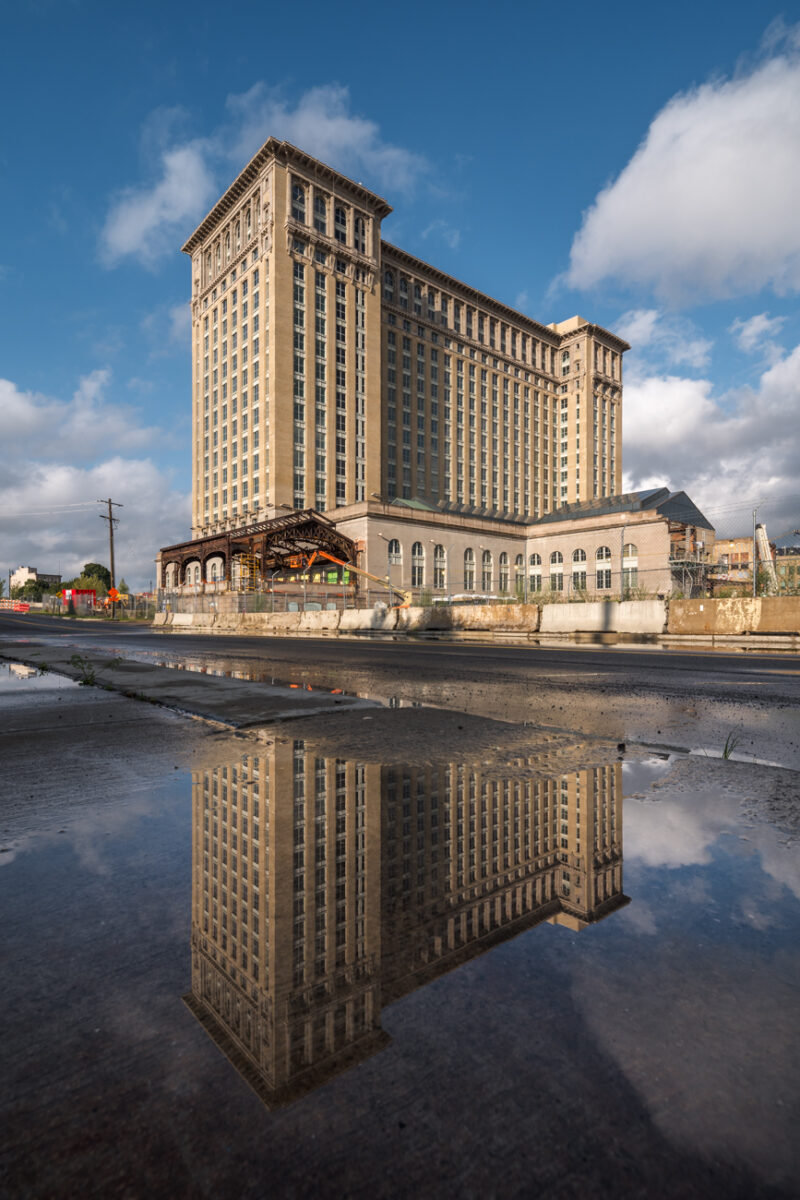
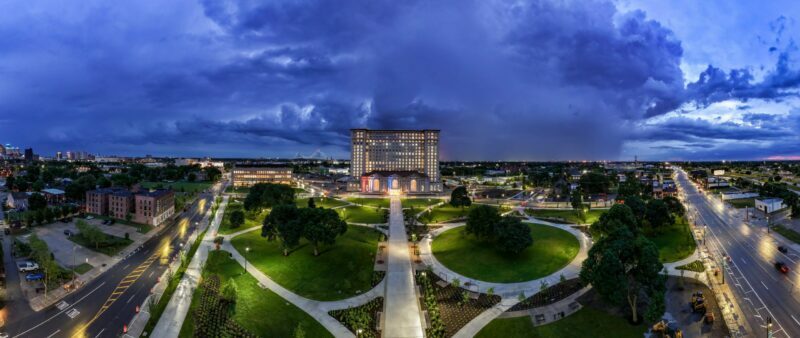
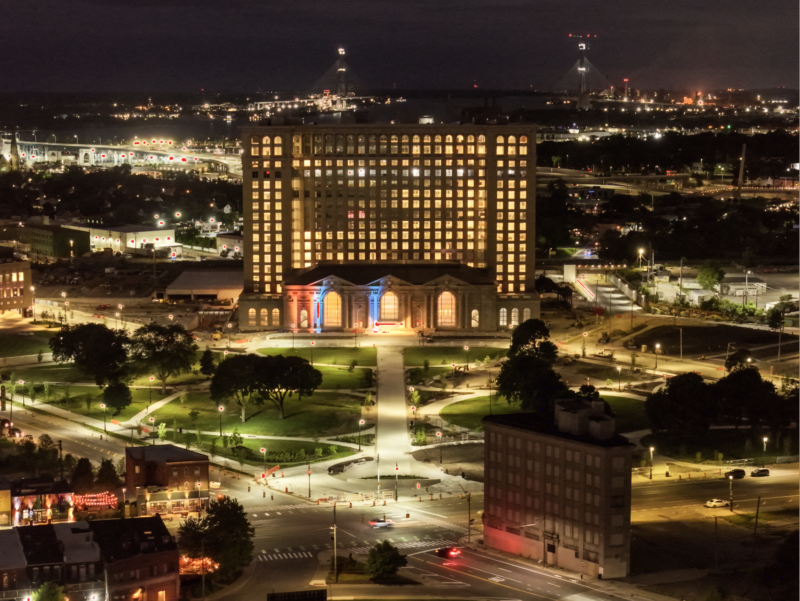
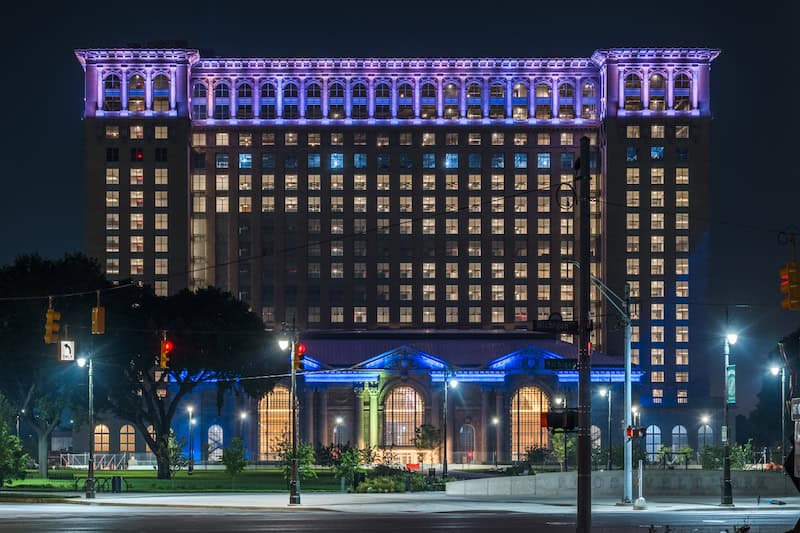



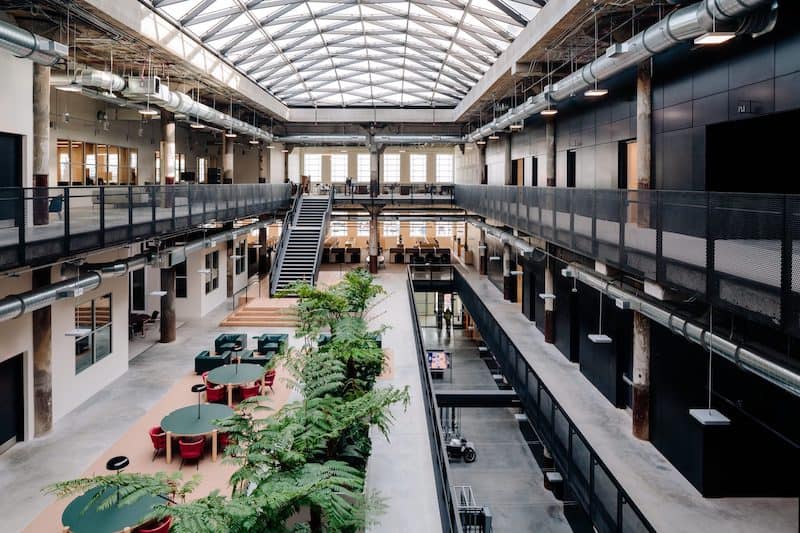

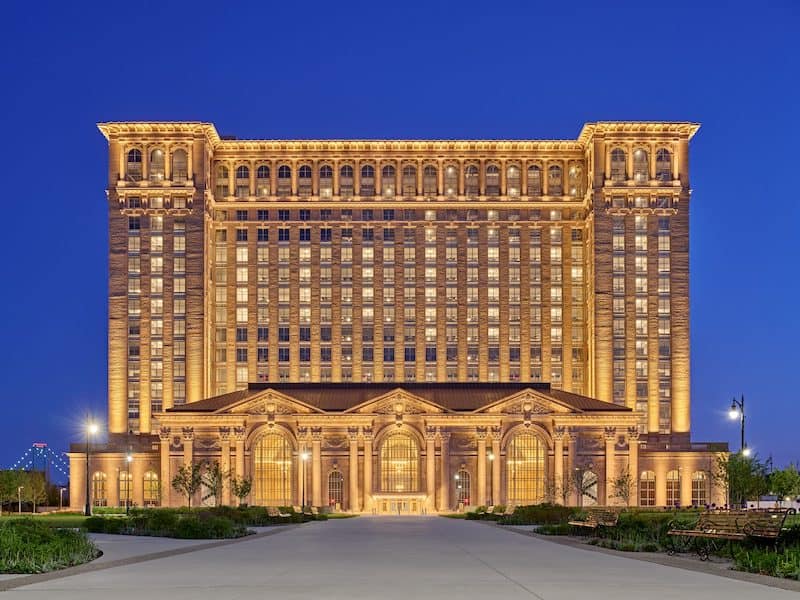
 Historic Hotels of America Names 2024 Best Of Adaptive Reuse
Historic Hotels of America Names 2024 Best Of Adaptive Reuse
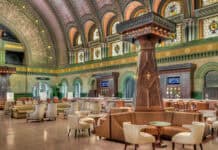
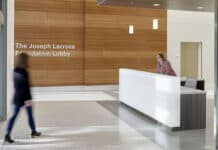


![[VIDEO] Job Order Contracting: Accelerating the Projects that Matter](https://facilityexecutivemagazine.kinsta.cloud/wp-content/uploads/2024/05/maxresdefault-324x160.jpg)
